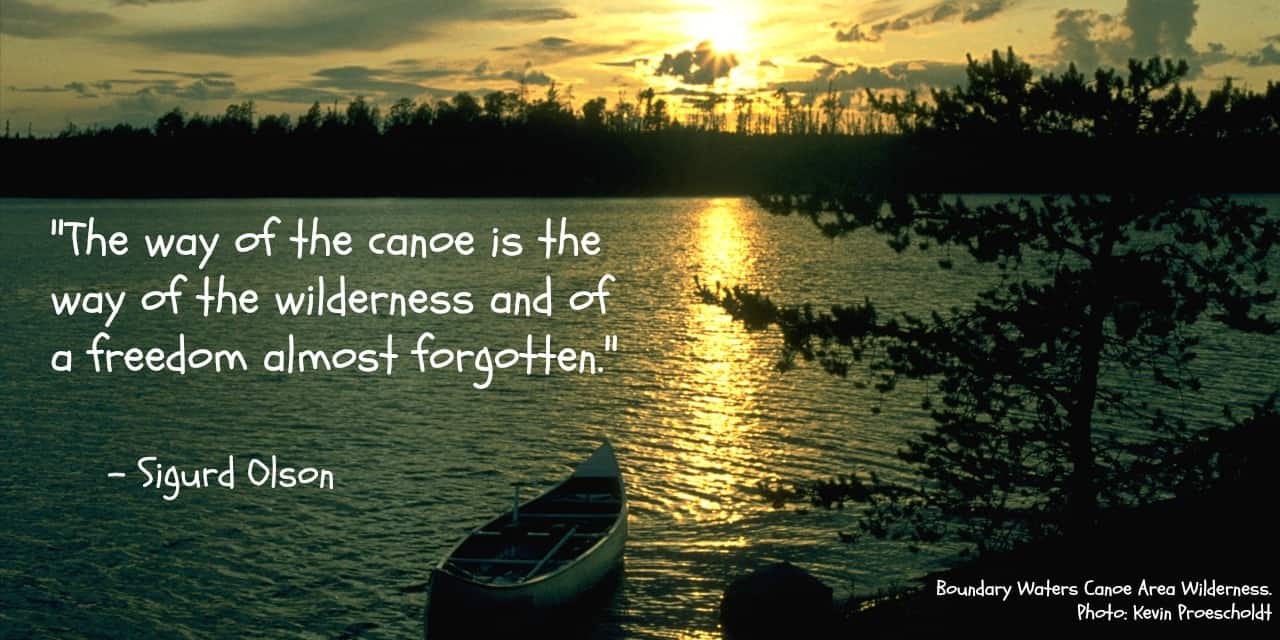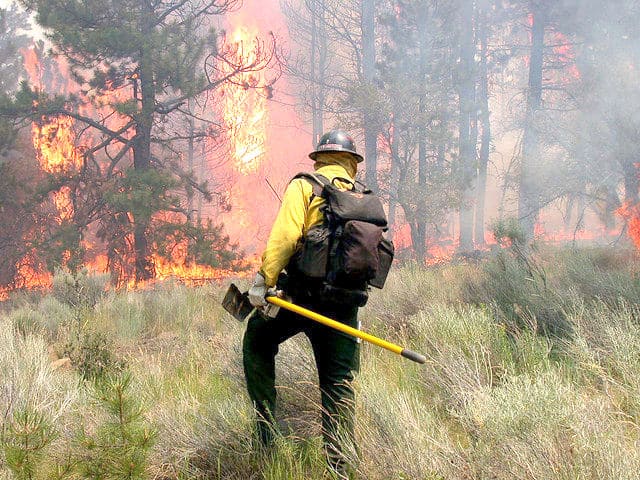Yes, what if. The full article from today’s Missoulian is here, and some interesting snips are below.
“It’s a counter-intuitive result,” said research ecologist Sean Peck. “We put out the fire, but in the long run, there are negative unintended consequences. If we’re putting out all fires under moderate weather conditions, the fire we can’t put out will burn under extreme conditions.”
Peck’s work at the Aldo Leopold Wilderness Research Institute on the University of Montana campus recently earned him the 2017 Research & Development Deputy Chief’s Early Career Scientist Award. Since earning his doctorate from UM in 2014, he’s been lead author of nine peer-reviewed journal articles and co-authored another 11.
Much of Peck’s work focuses on wildfire in federal wilderness, including the Bob Marshall Wilderness Complex and the Selway-Bitterroot Wilderness. Forest fires there typically burn without the swarms of yellow-shirted firefighters and red-tailed aircraft trying to suppress them….
“I think outside wilderness areas, we’re selecting for high-severity fire,” Peck said. “It’s like selecting for a gene in corn crops. It’s not done on purpose, but it happens with certain management practices. We’re not allowing fires to burn in non-extreme years. So fires only occur during extreme events. Those fires are the ones we could not put out.”…
Peck’s current work looks at how future climate changes may affect the tempo of fire seasons. He’s testing the idea that we’re likely to see more extreme fire events in the short term, but less severe fires several decades from now as the climate warms.
“We think we may see the spruce-fir forests converted to something else that may be more resistant to fire, like Douglas fir and ponderosa pine,” Peck said. “And at some lower elevations, dry-forest types are projected to convert to non-forest vegetation, grassland or shrub land. Dry forests are barely hanging on now.
“As Montanans, we’ve grown up with certain kinds of forests,” Peck added. “They are going to change. We can accept it, but it will happen whether we want it to or not.”




